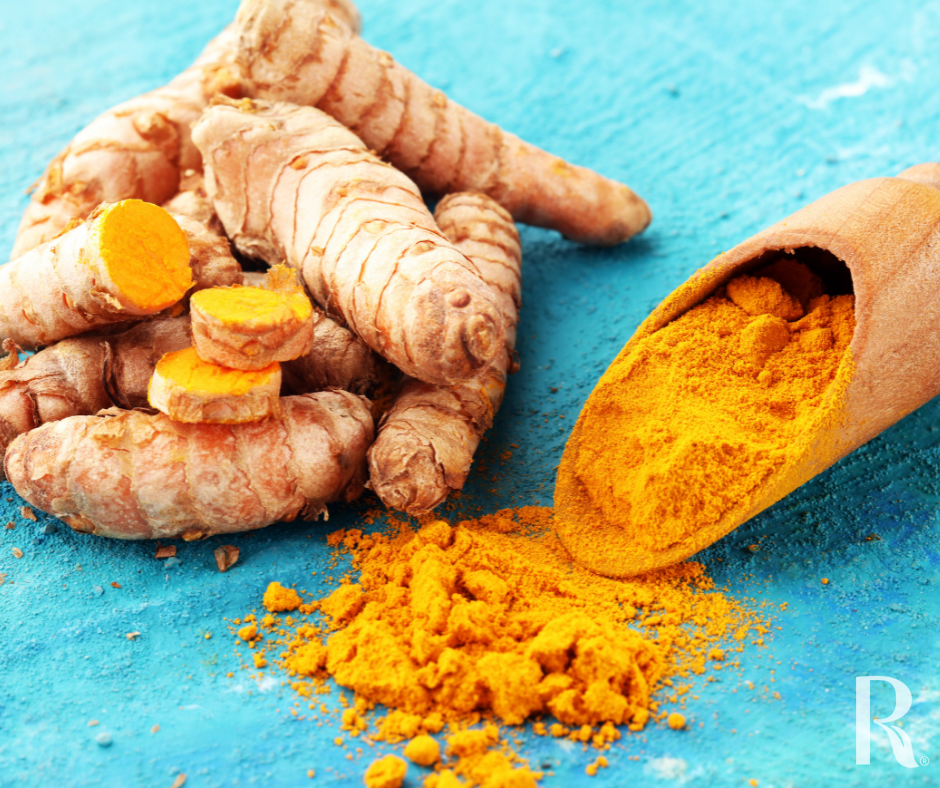Growing your own spices couldn’t be any easier with these three at the top of the list.
Spring through to summer is a great time to plant these spices as already established plants or as rhizomes/tubers. All three are used extensively in a variety of Asian, Indian, and Middle eastern cuisines.
Turmeric: Curcuma domestica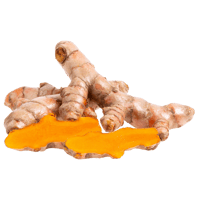 Plants will grow up to 1m high looking a lot like a ginger in habit and during summer beautiful white to pink flowers will appear from the base of the plant.
Plants will grow up to 1m high looking a lot like a ginger in habit and during summer beautiful white to pink flowers will appear from the base of the plant.
Turmeric will completely die down in winter, and this is your cue to dig up the vibrant yellow/orange rhizomes from under the ground.
Turmeric is used in a variety of savory dishes and is now found often in teas, and smoothies and is also used as a coffee substitute.
Ginger: Zingiber officinale 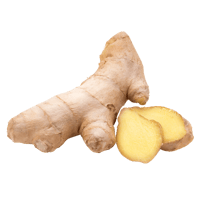 Ginger is an herbaceous perennial growing to 1m that produces it’s stems and foliage from tuberous jointed rhizomes that are underground. Ginger prefers a slightly acidic soil with a pH of 6. Like Tumeric, Ginger will also completely die down in winter, and this is your cue to harvest the underground rhizomes.
Ginger is an herbaceous perennial growing to 1m that produces it’s stems and foliage from tuberous jointed rhizomes that are underground. Ginger prefers a slightly acidic soil with a pH of 6. Like Tumeric, Ginger will also completely die down in winter, and this is your cue to harvest the underground rhizomes.
Ginger can be used in sweet and savory dishes and makes a refreshing tea.
Galangal: Alpinia galanga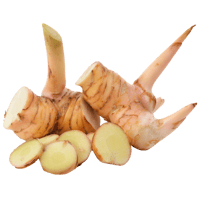 Sometimes commonly called Thai ginger, Galangal looks a lot like ginger in its growing habit and foliage appearance. There are actually two main types of galangal: ‘Greater galangal’ Alpinia galanga and ‘Lesser galangal’ Alpinia officinarum. Lesser galangal is smaller growing and will die back completely in winter, where-as the ‘Greater galangal’ generally doesn’t.
Sometimes commonly called Thai ginger, Galangal looks a lot like ginger in its growing habit and foliage appearance. There are actually two main types of galangal: ‘Greater galangal’ Alpinia galanga and ‘Lesser galangal’ Alpinia officinarum. Lesser galangal is smaller growing and will die back completely in winter, where-as the ‘Greater galangal’ generally doesn’t.
Once established galangal is quite drought hardy and even makes an attractive potted plant. Galangal is used in many South-East Asian cuisines.
When to harvest:
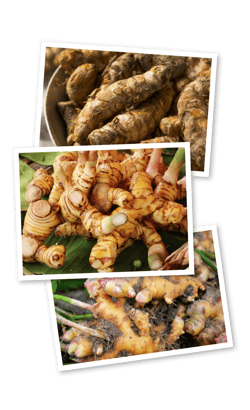 Generally, you harvest all three of these edible crops when the plants start to die in winter or when there is the least active growth.
Generally, you harvest all three of these edible crops when the plants start to die in winter or when there is the least active growth.
You can either dig all the rhizomes up and replant some in spring or leave some behind in the soil to re-shoot of their own accord.
Note with Galangal you must leave the youngest rhizomes and shoots in place if you want to keep your galangal growing and stick to only harvesting the older rhizomes.
Once harvested you can store your rhizomes in the fridge for a few weeks. For longer storage you can freeze or dry any excess to use at a later date.
Growing Tips:
- All require well-drained soil high in organic matter
- A sunny location
- Regular applications of liquid fertiliser during spring and summer.
- Mulch thickly to retain soil moisture and suppress weeds.
- Adequate water during the growing season.
- All can be grown in pots
Looking for more great gardening info like this? Subscribe to the Better Earth Program to receive Better Earth Secrets Magazine direct to your inbox each season.
_MEB.png?width=842&height=596&name=RP_HorizontalColour(R)_MEB.png)

